Spake by David L. Williams (This Is Water Theatre, 2014)
Regional Premiere
My Roles:
Artistic Director, Director, Producer, Technical Director, Scenic Designer, Lighting Designer, Sound Designer




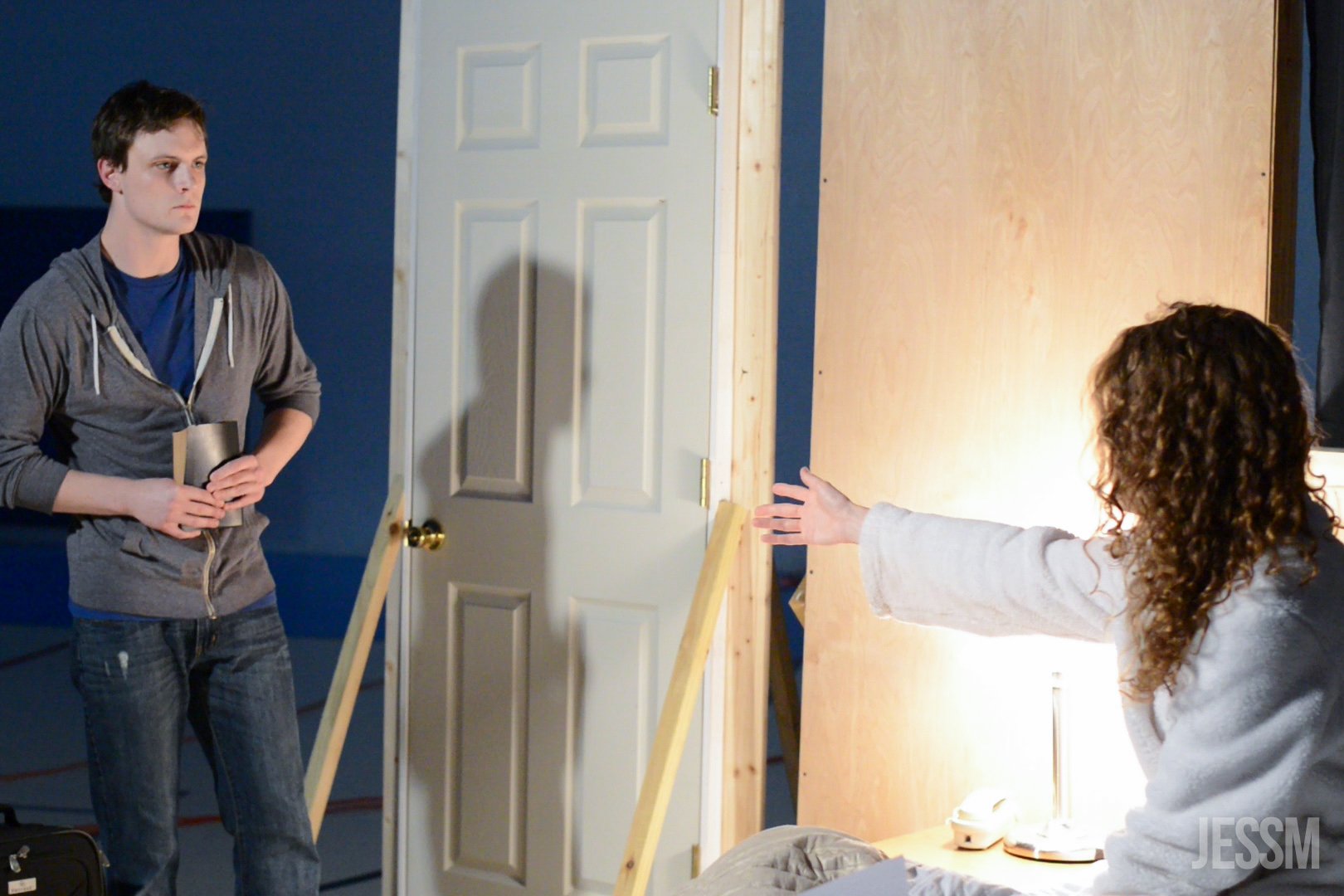
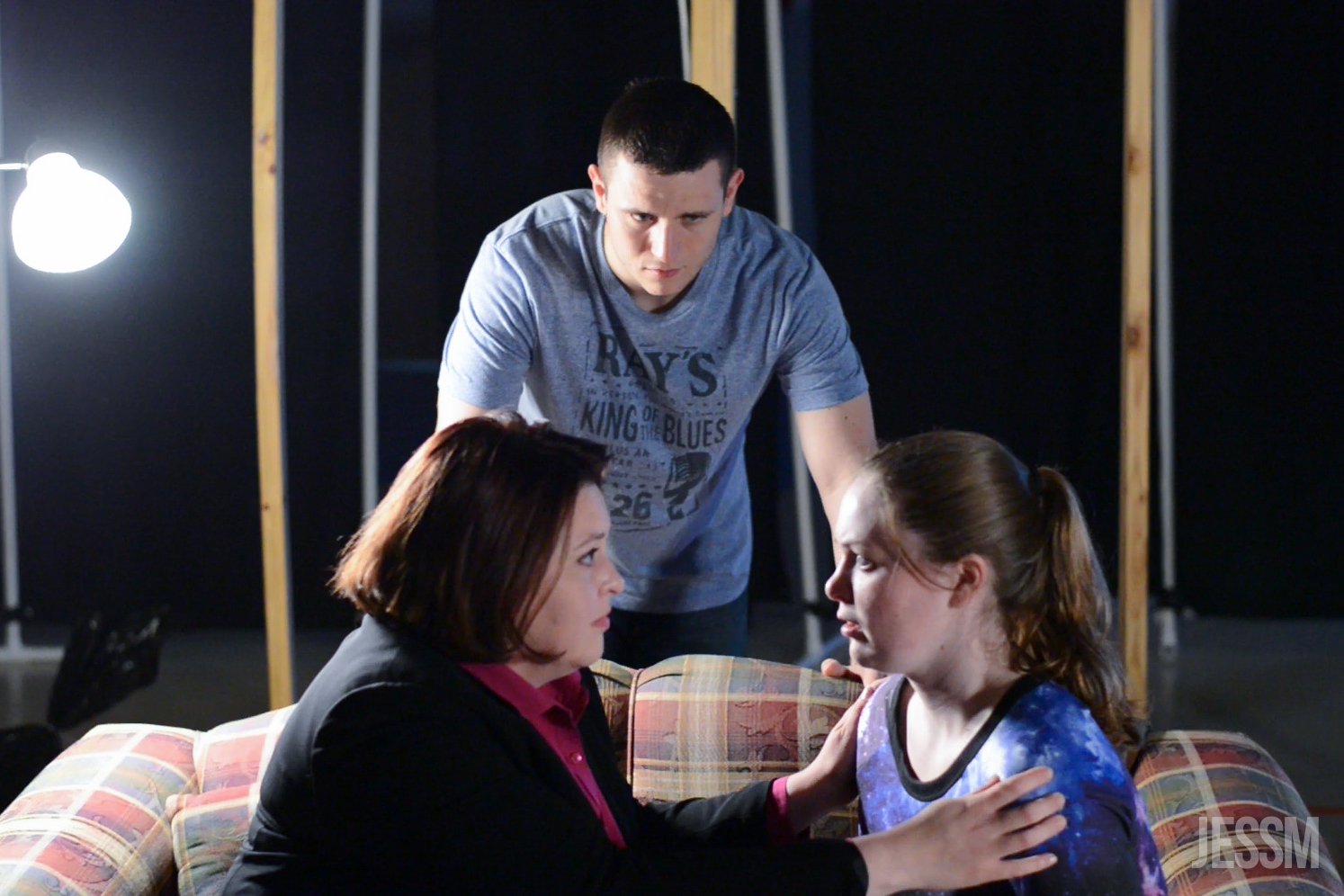







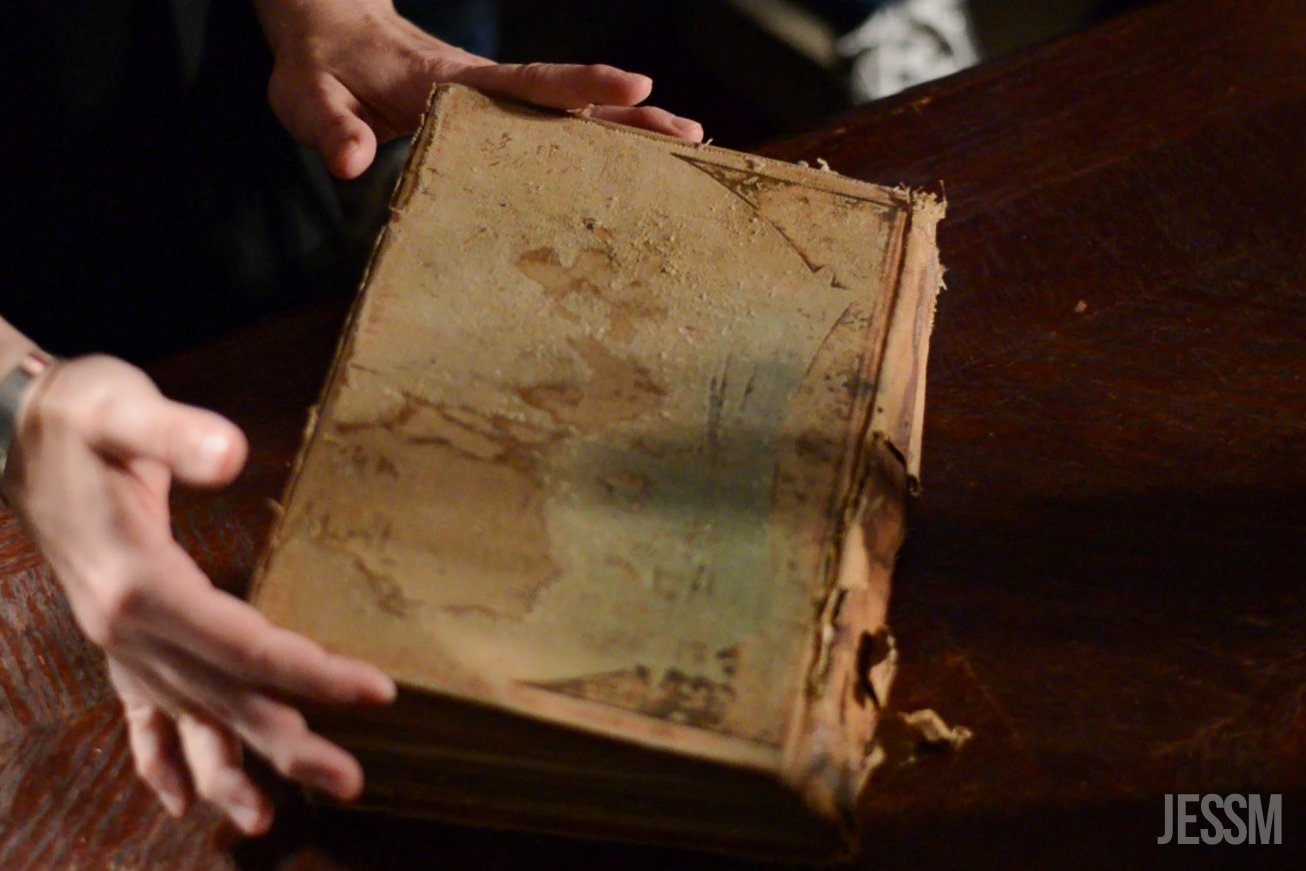
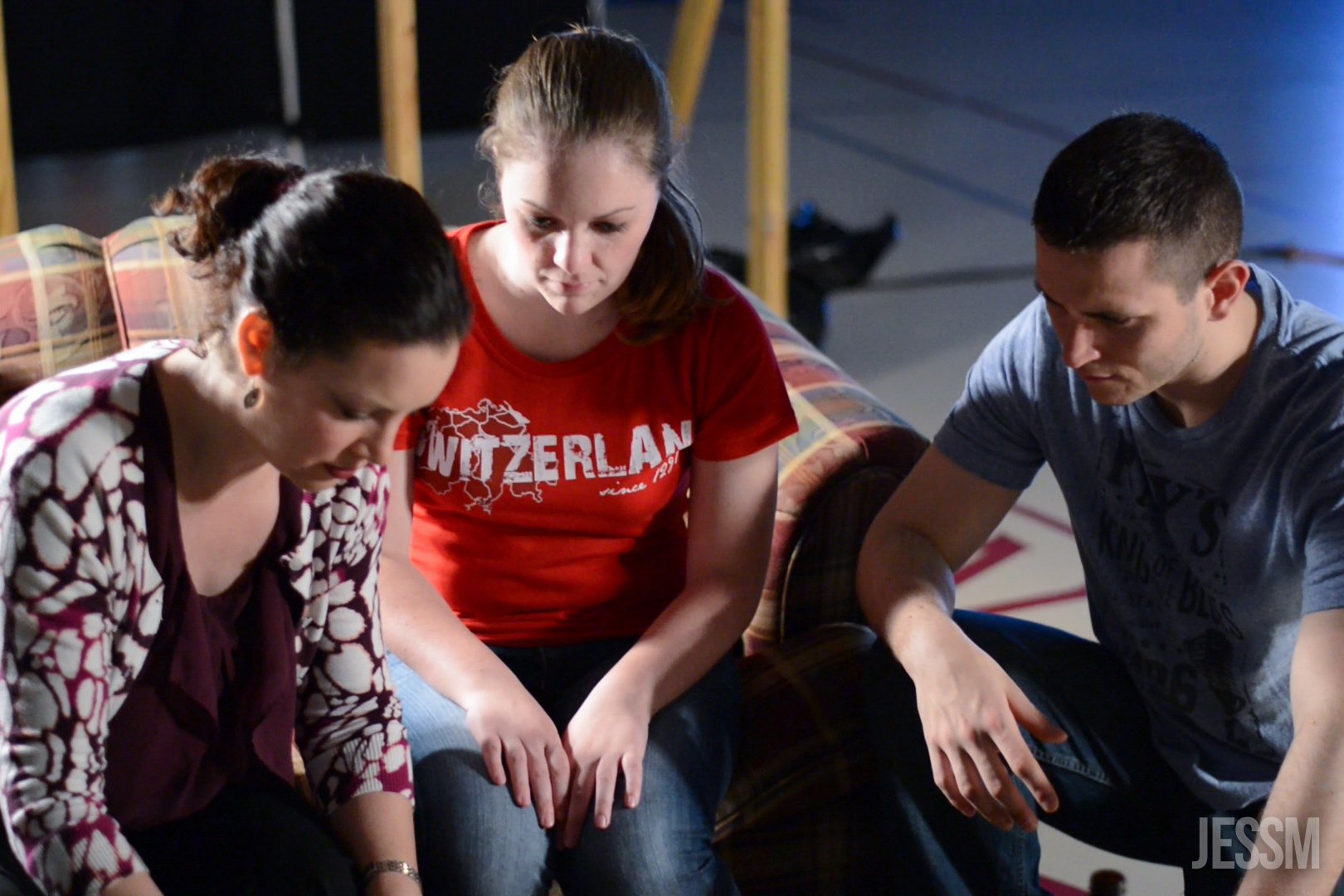



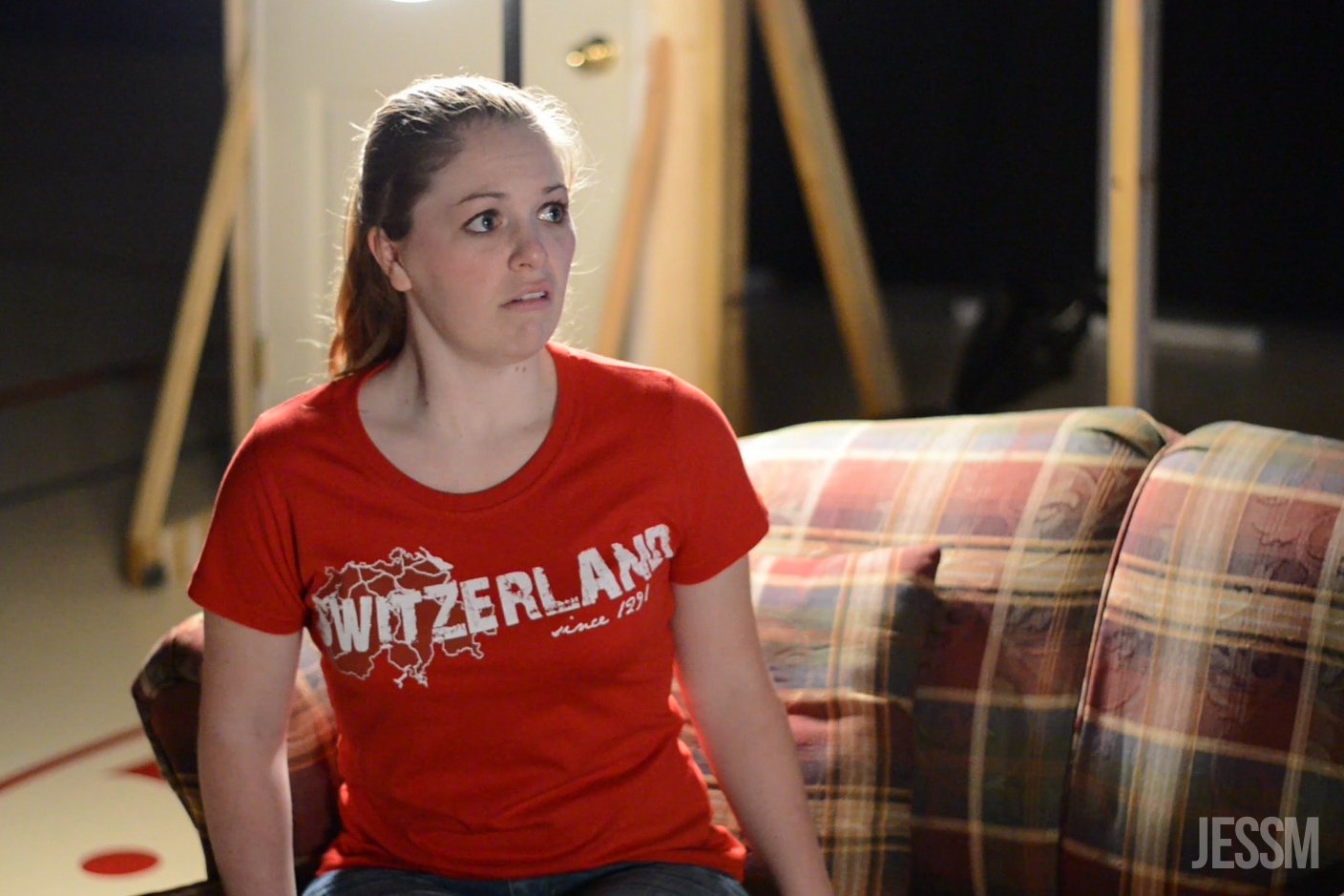



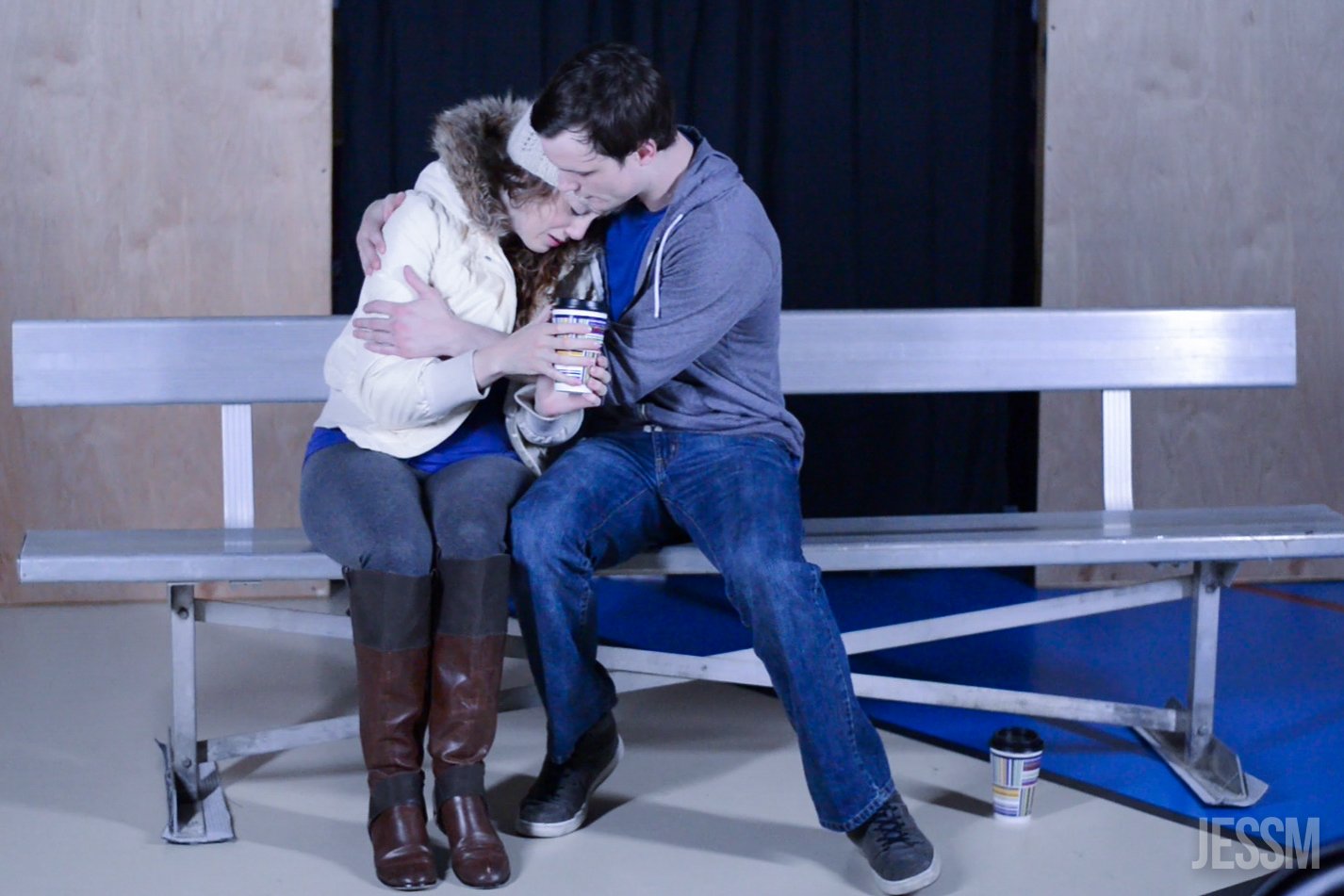
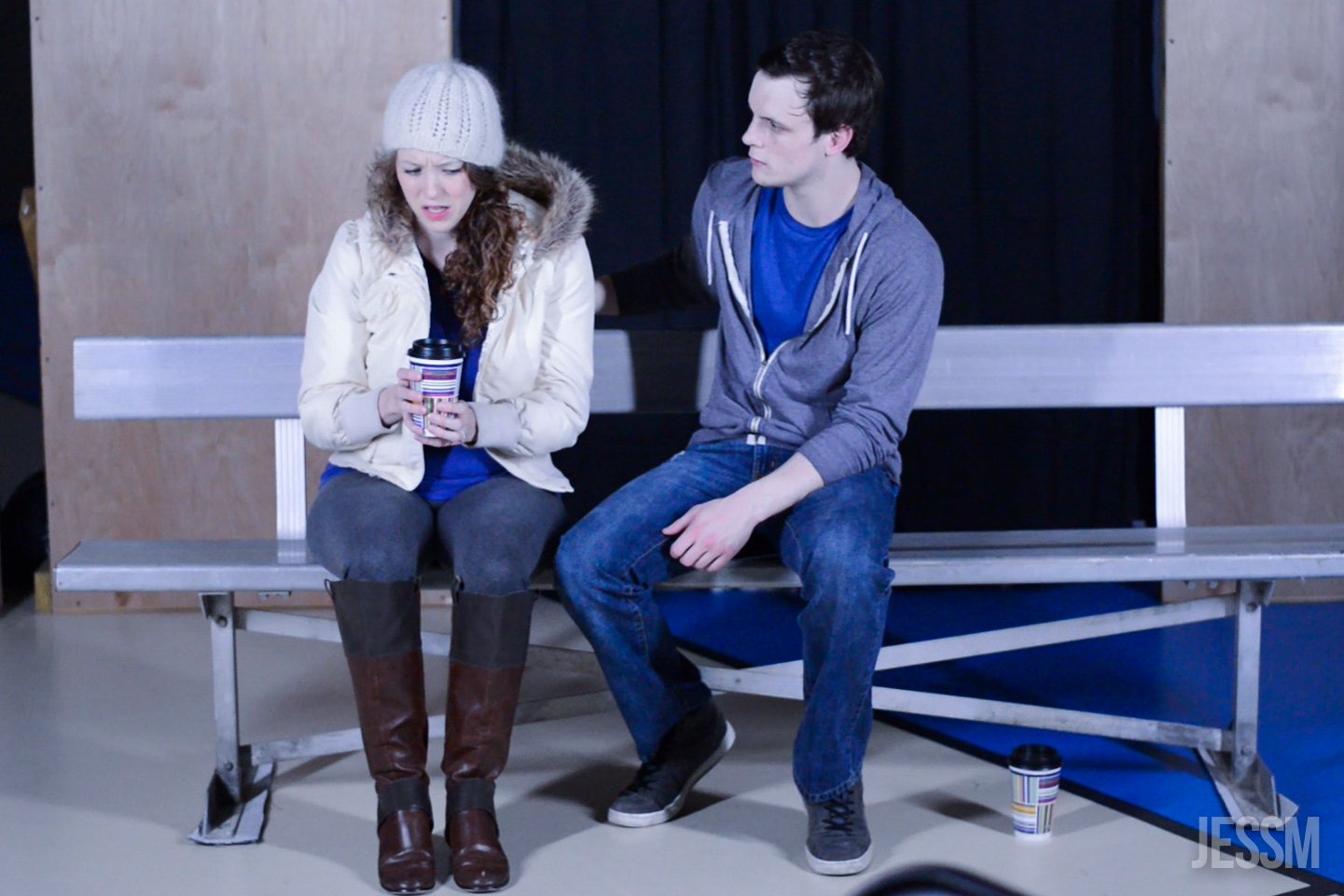
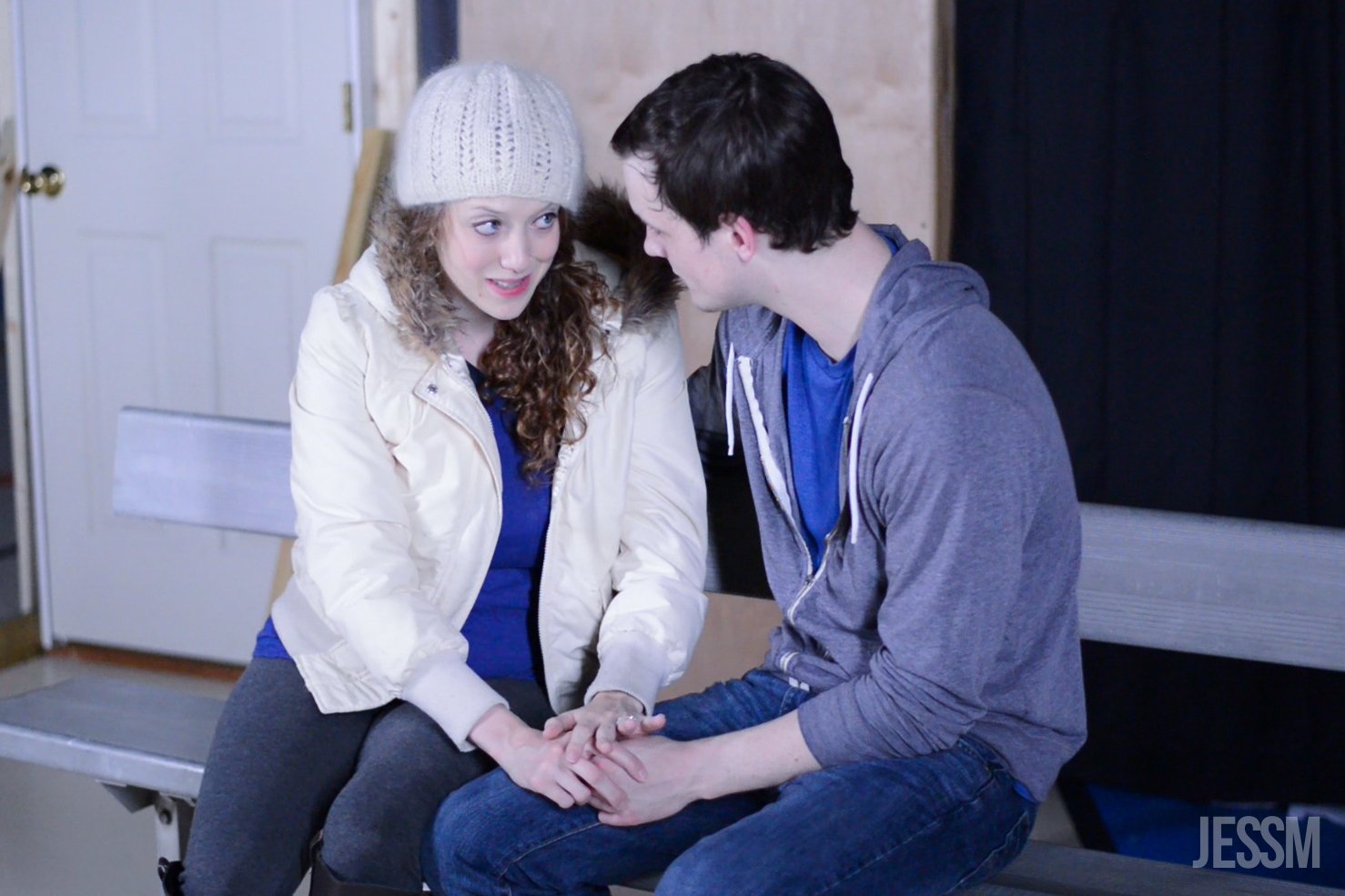
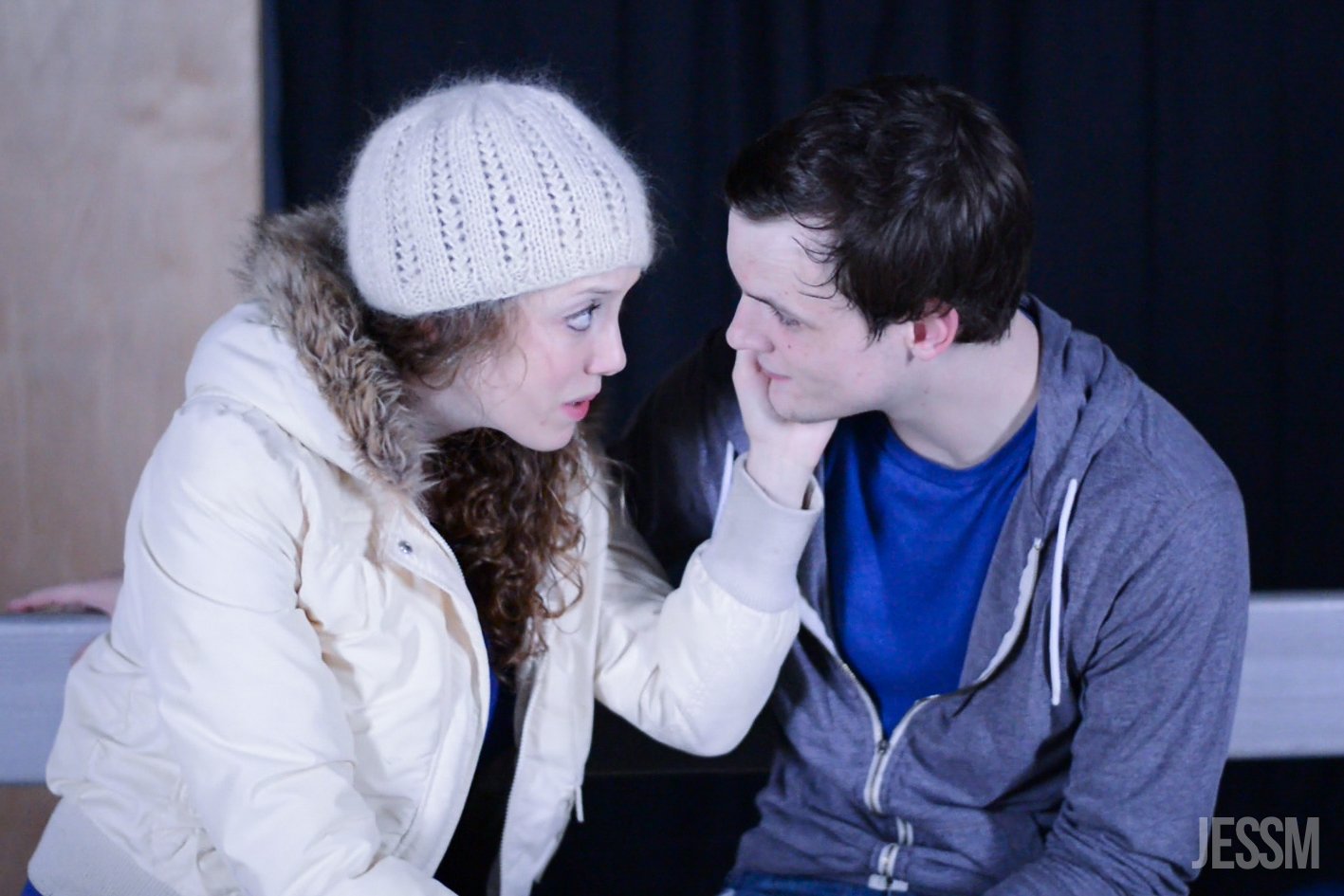




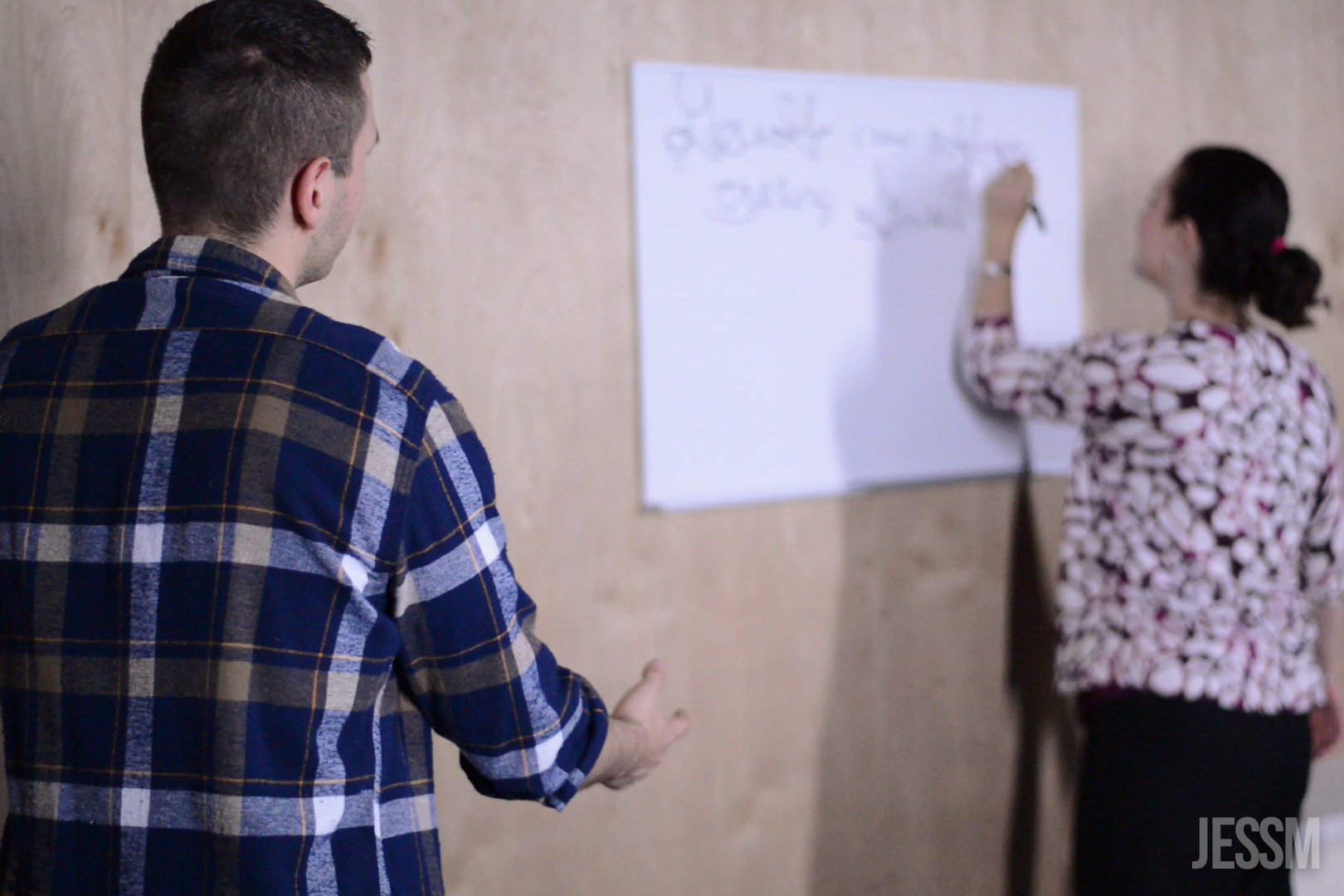

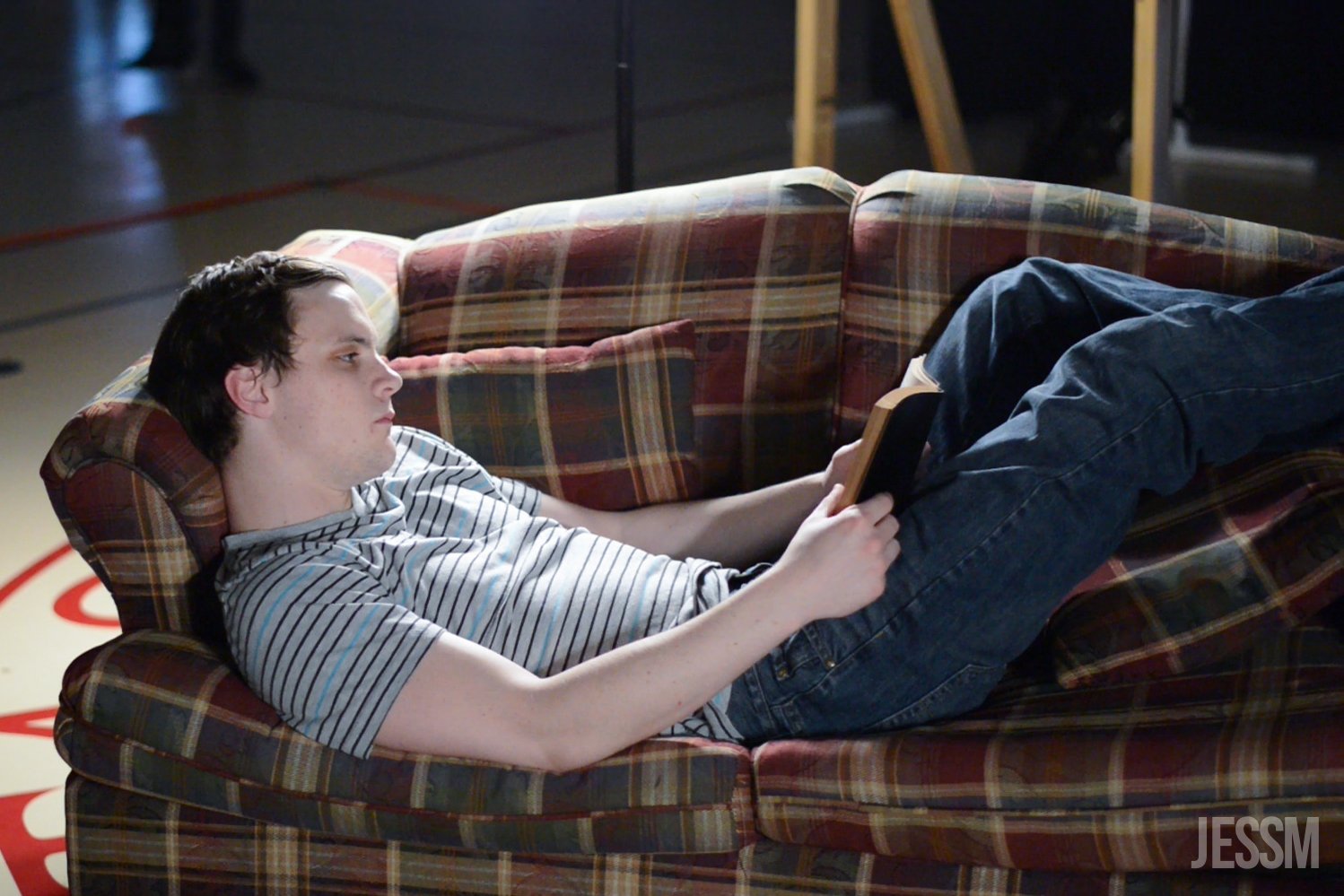




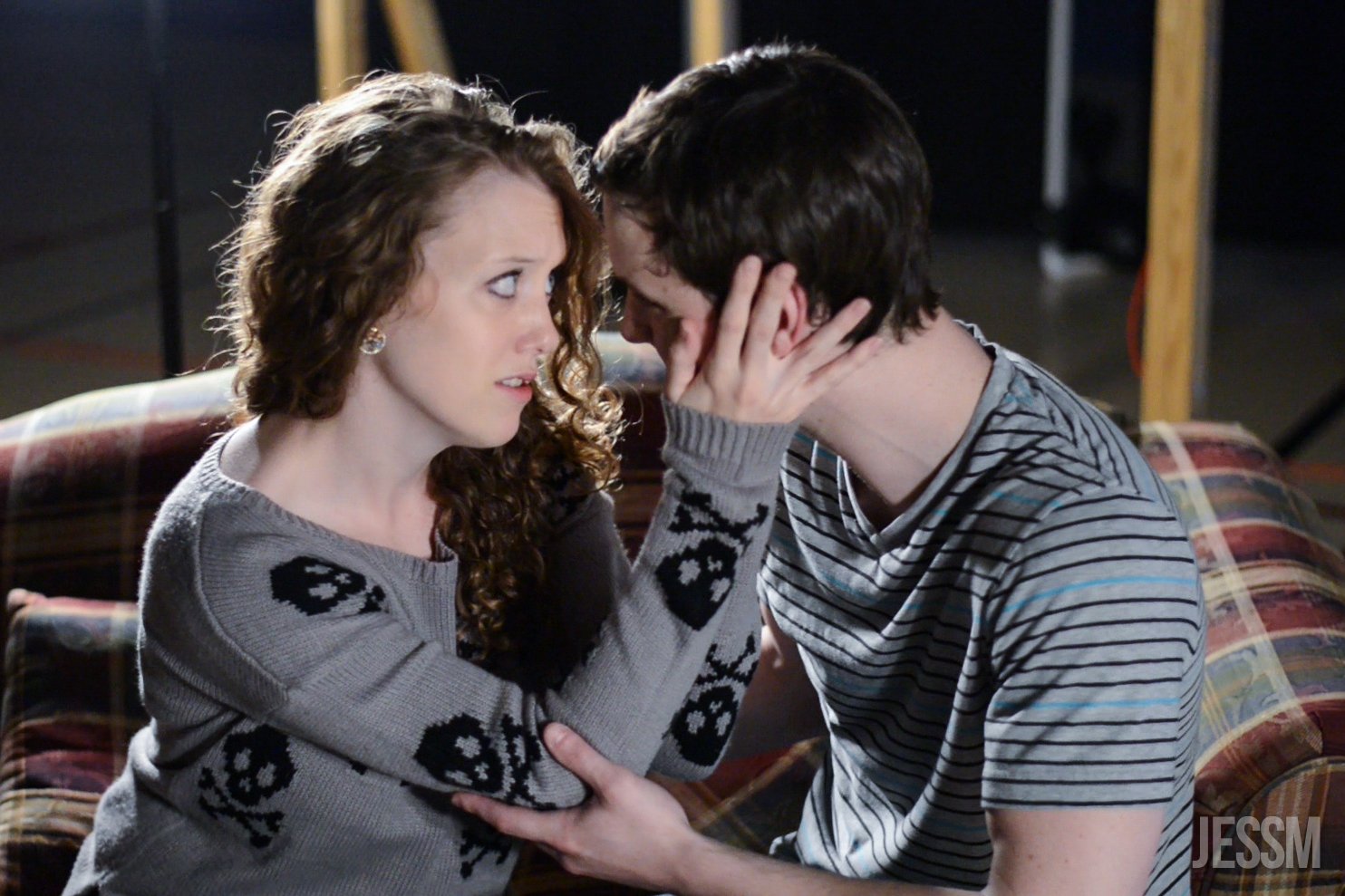
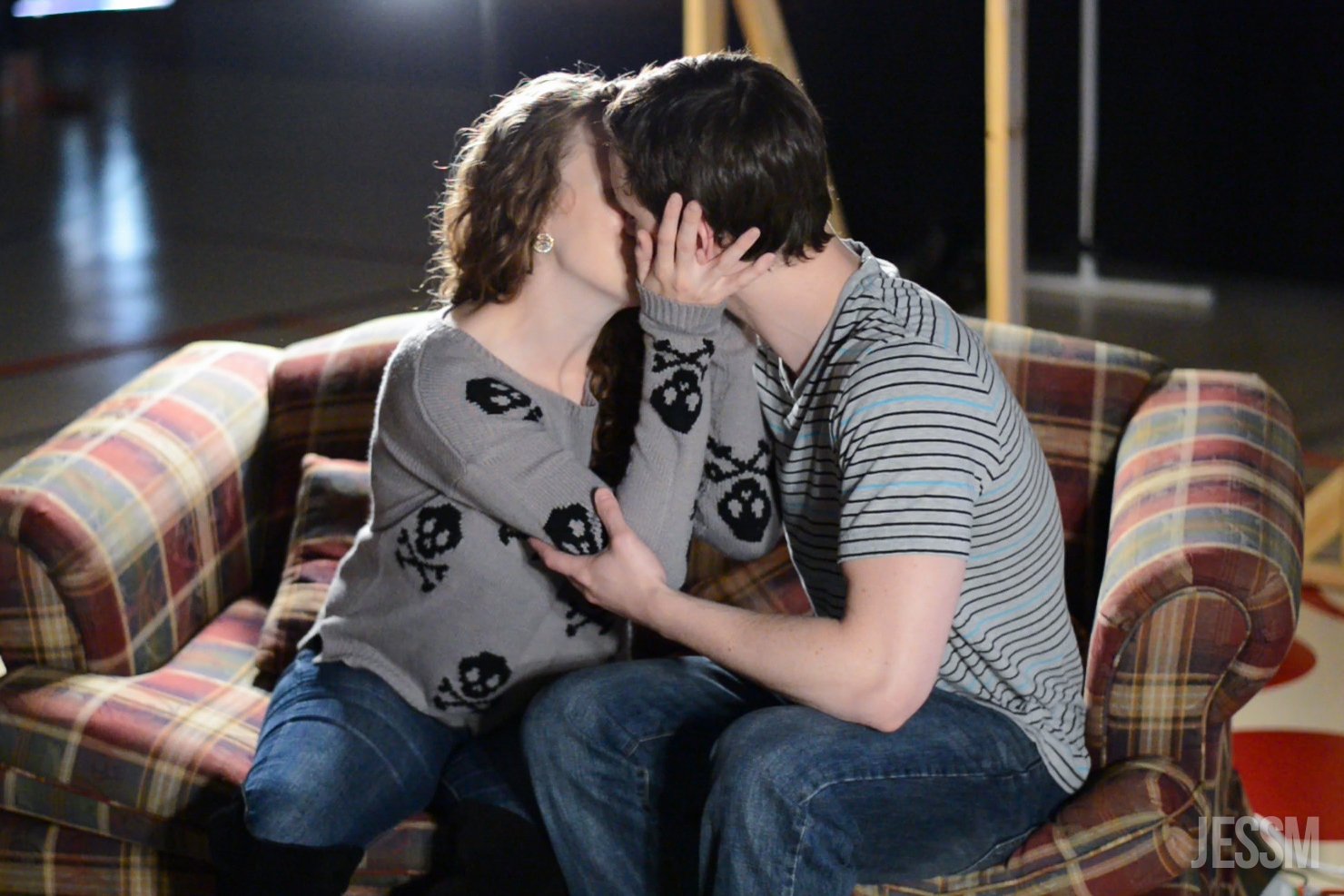


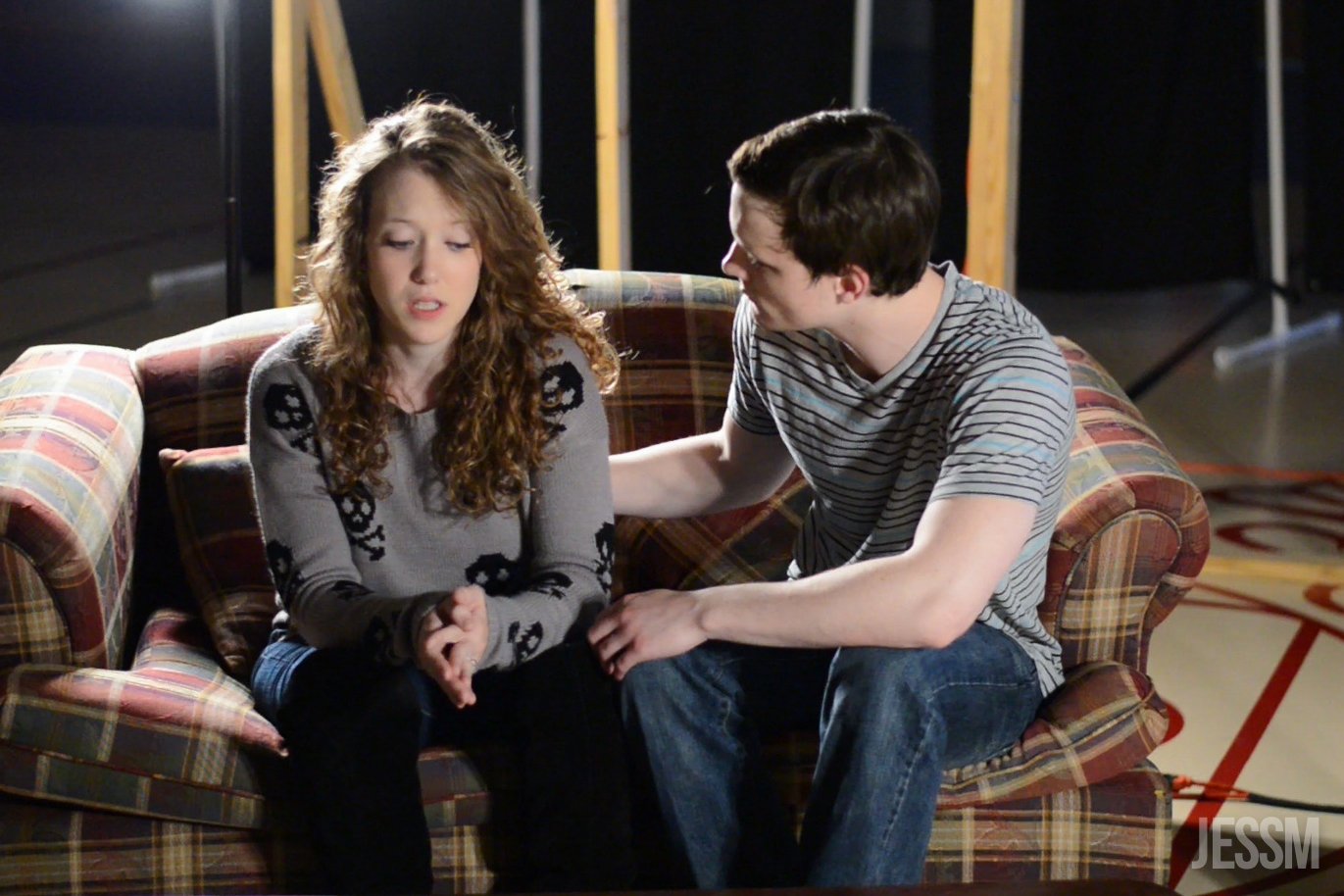
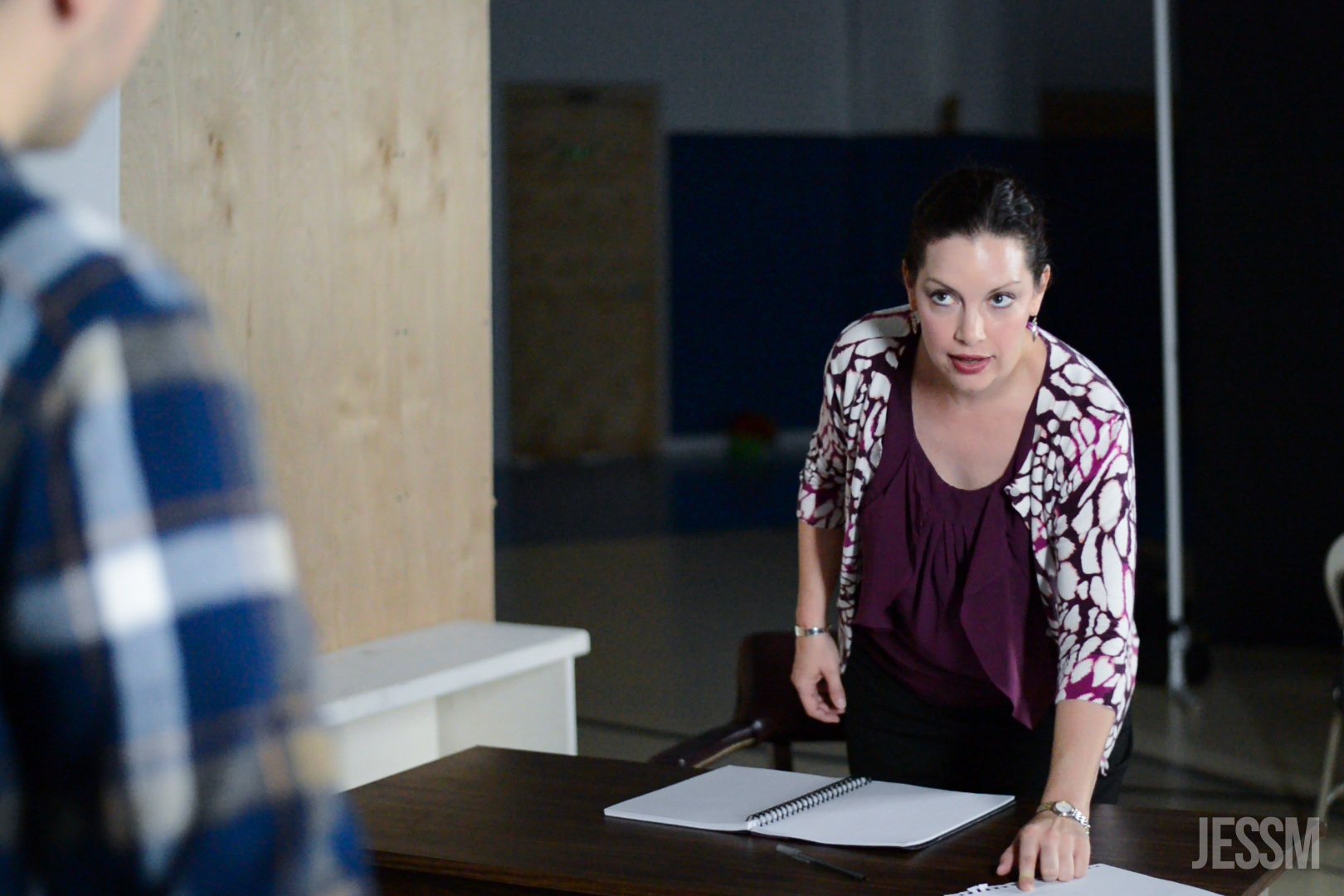

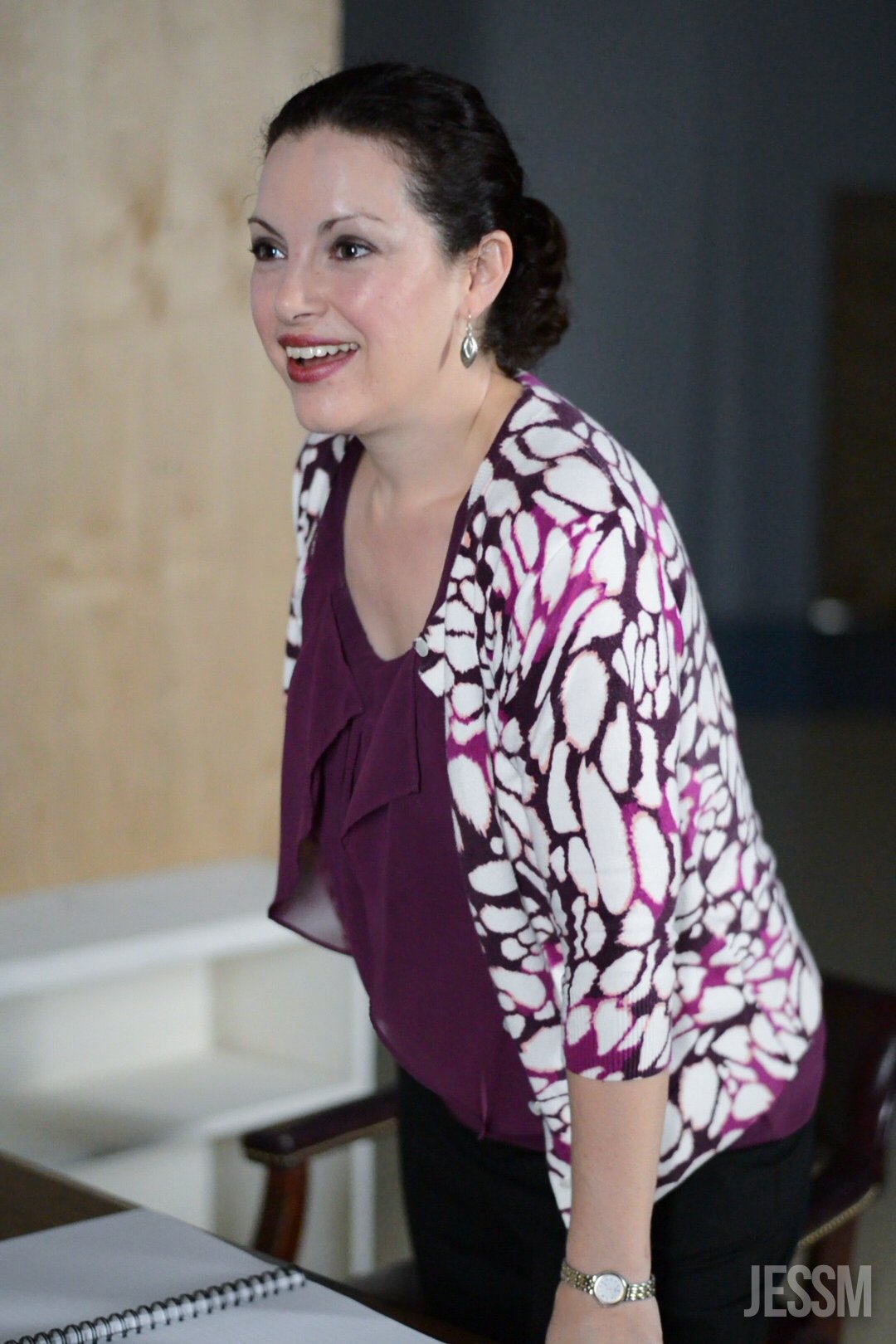



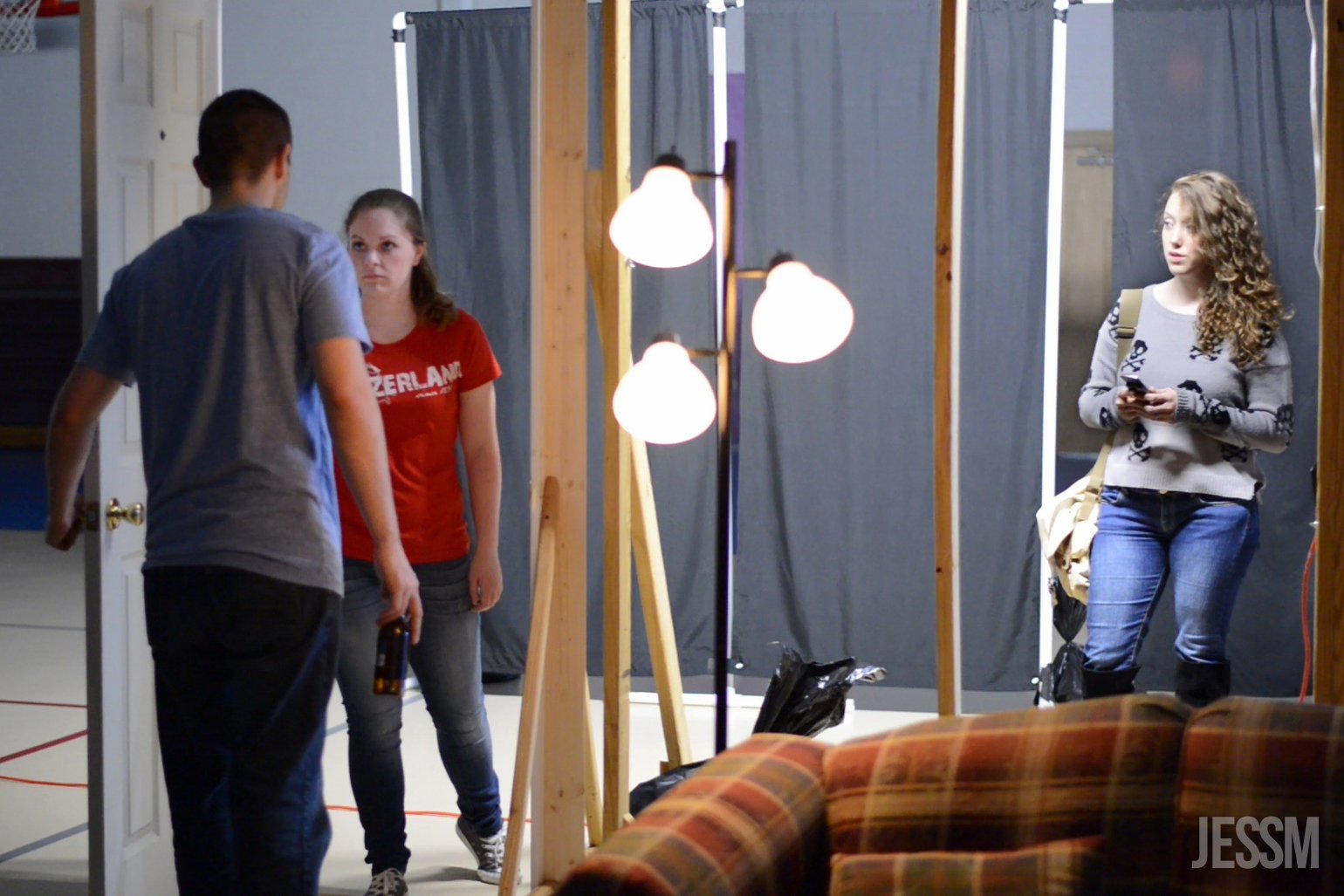












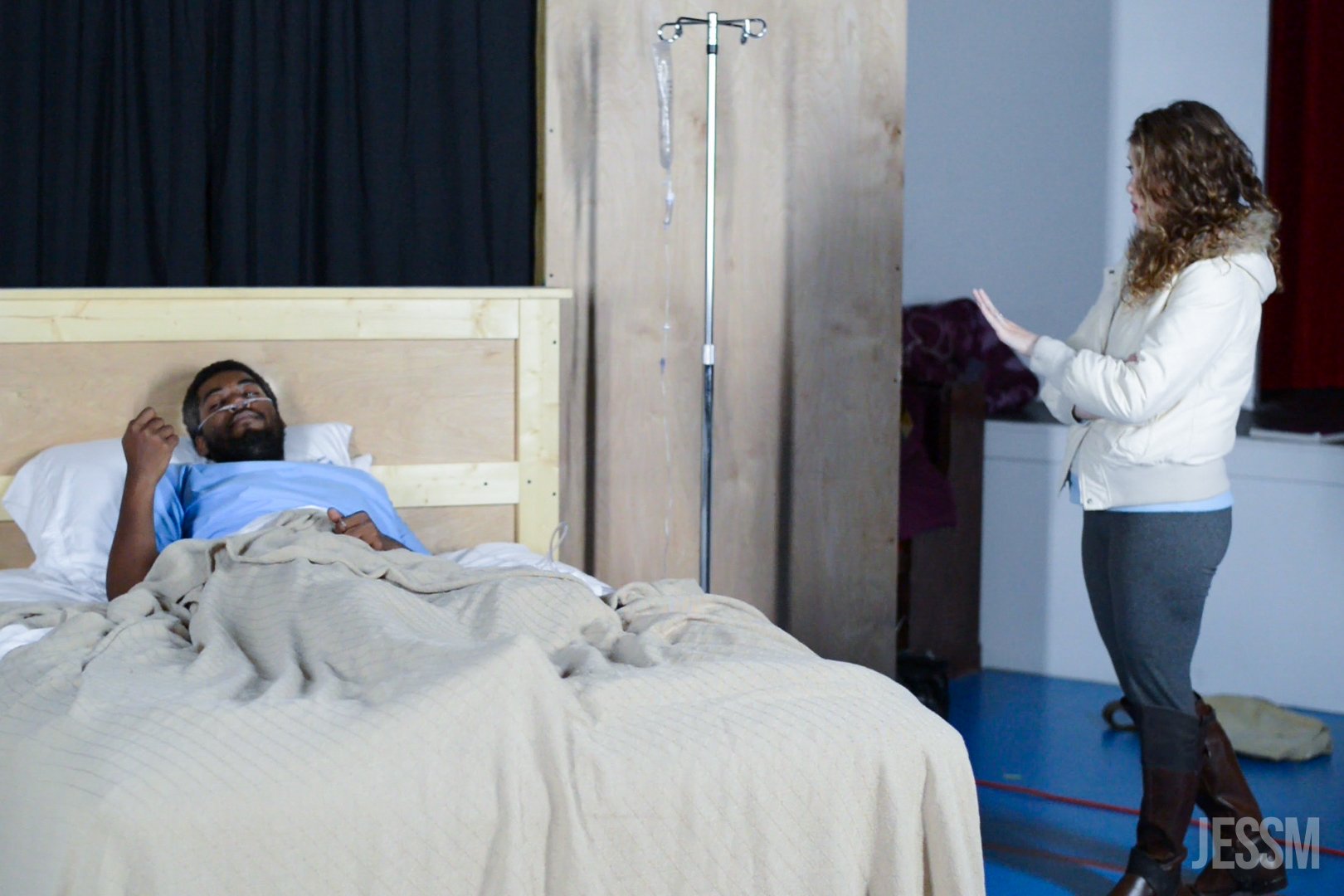


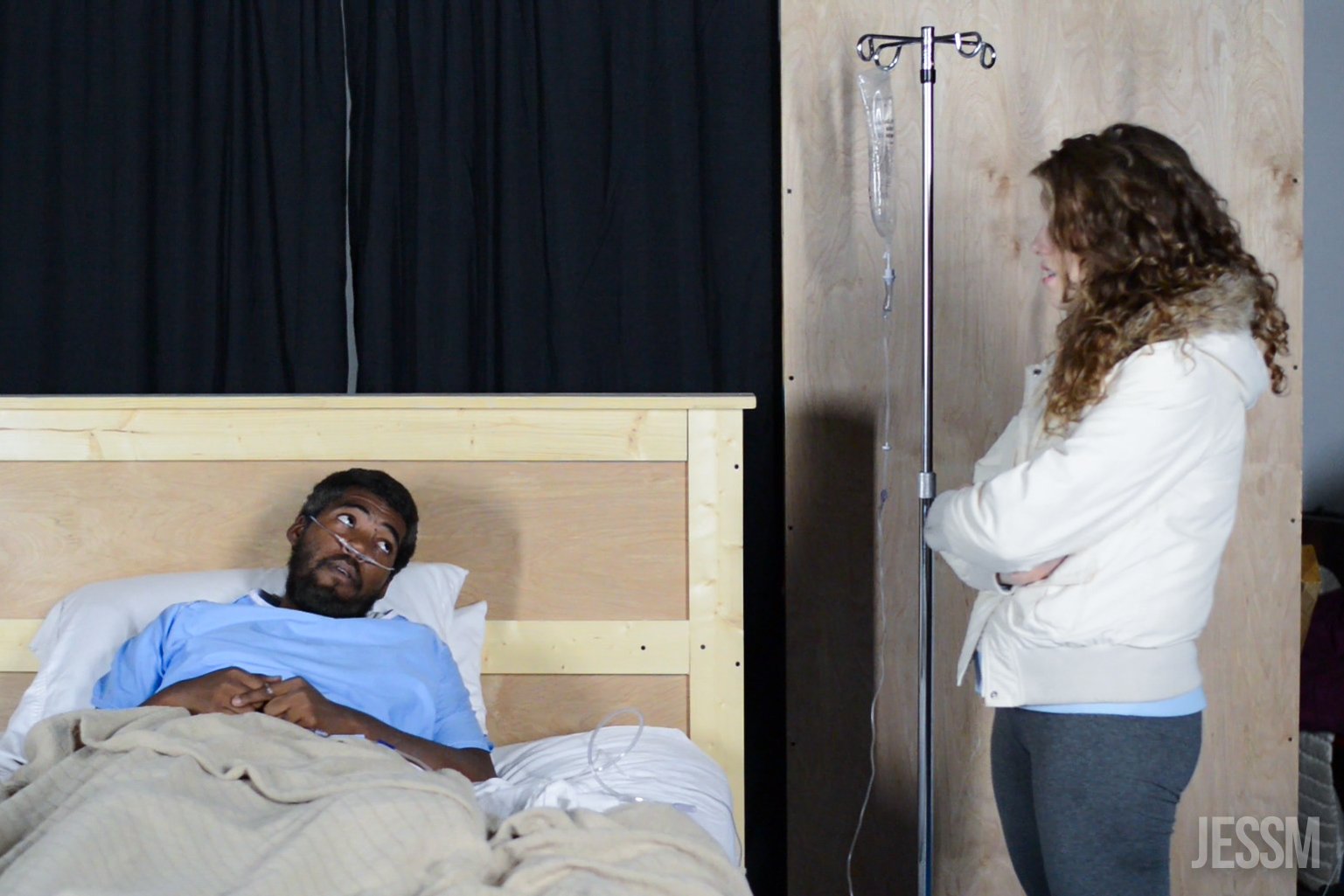



STAGE MANAGER - MICHELLE SCHOVAERS WAGLEY
PRODUCTION MANAGER - AMY RUSSELL
DRAMATURG - ELEANOR OWICKI
Concept
For this production, I chose to build four performance areas on four sides of the audience. This allowed us to transition incredibly quickly between scenes, as characters could literally walk from one scene into another, or we could be setting up for one scene while another was happening. The audience literally had to turn in their seats to see the show, a behavior that we primed by placing all of the seats so that they were facing different directions. This concept was based on a principle that I believe is inherent in mobile media today. I refer to it as ubiquity, or the idea that the media we consume often surrounds us on all sides. While some find this overwhelming, for our target audience (the "Facebook generation"), this is often seen as desirable and even fun. This show was my attempt to capture that principle in a theatrical setting, which I think was mostly successful.
Why this show?
This was the second show I directed for This Is Water Theatre, and it began cementing me as a director who loves messy endings. The play deals with questions about how faith relates to language, namely: if we gain the power to draw others to us through our words, what makes us different from the deities we worship? And when language can also be used to perpetuate evil, how do we know that our words will actually create good in the world?
Lessons Learned
Sometimes the most important lessons are the simplest: this was the show that taught me that when the audience and the performance are on the same level, your audience should never be more than 2 (or 3 if you have to) rows deep or else they can't see! I also made my first large edit in a production, cutting every bit of planned painting on the set due to time, and working to turn the bare wood of the set into a choice - albeit one driven by a limitation.